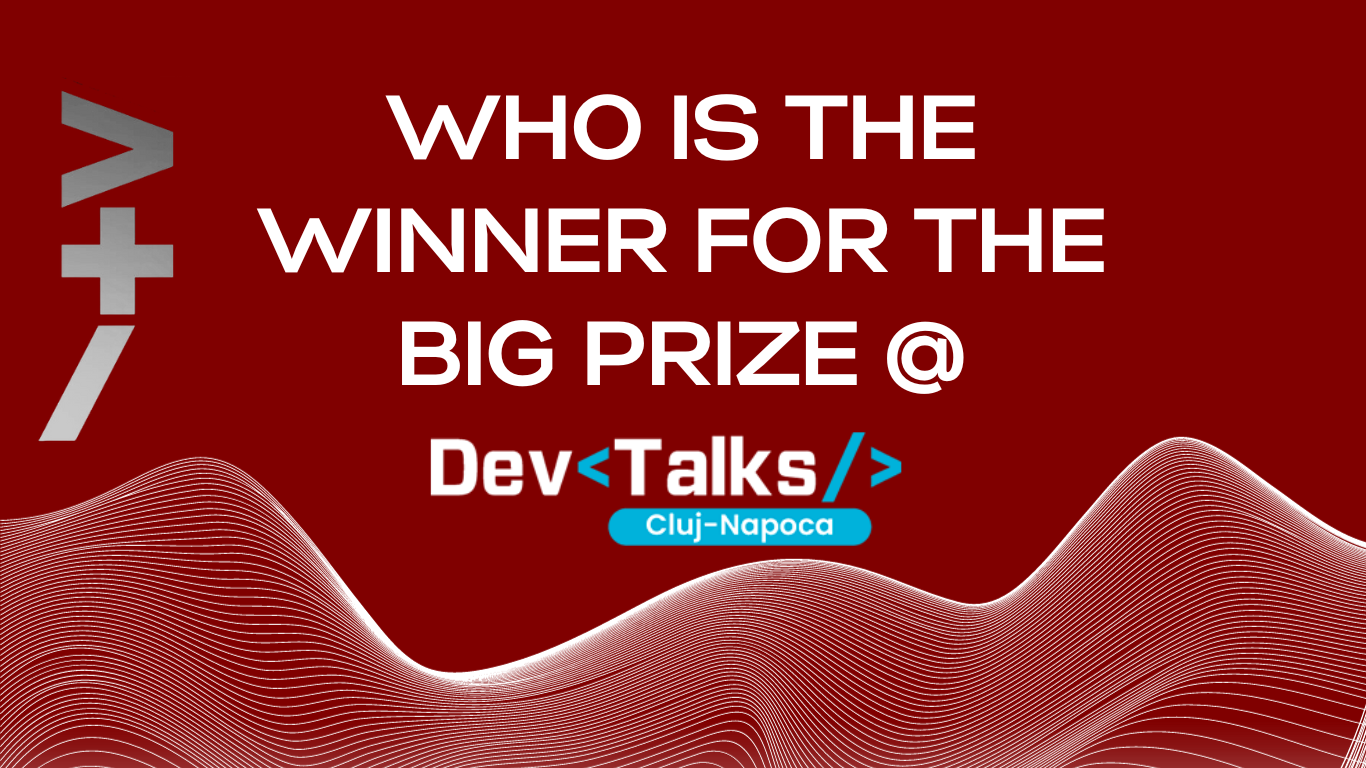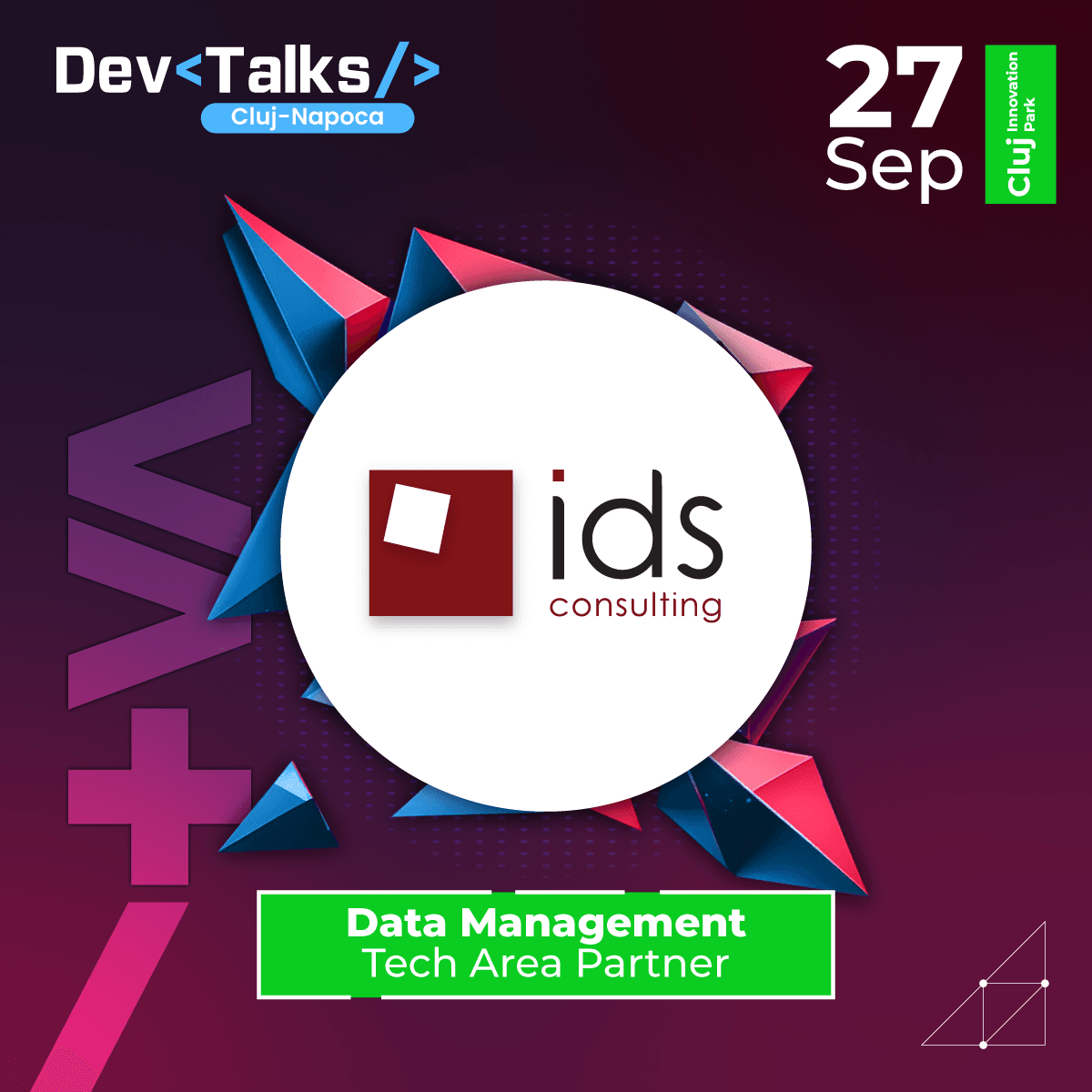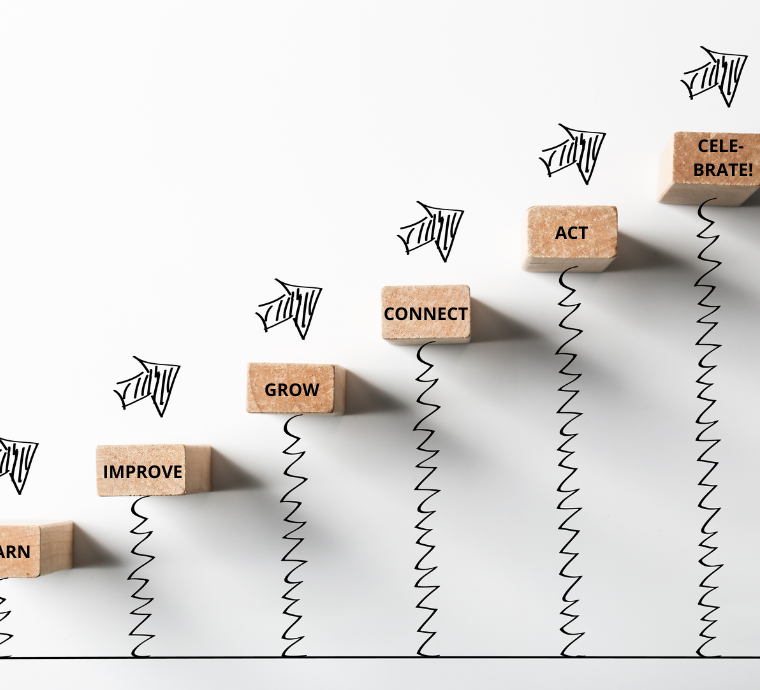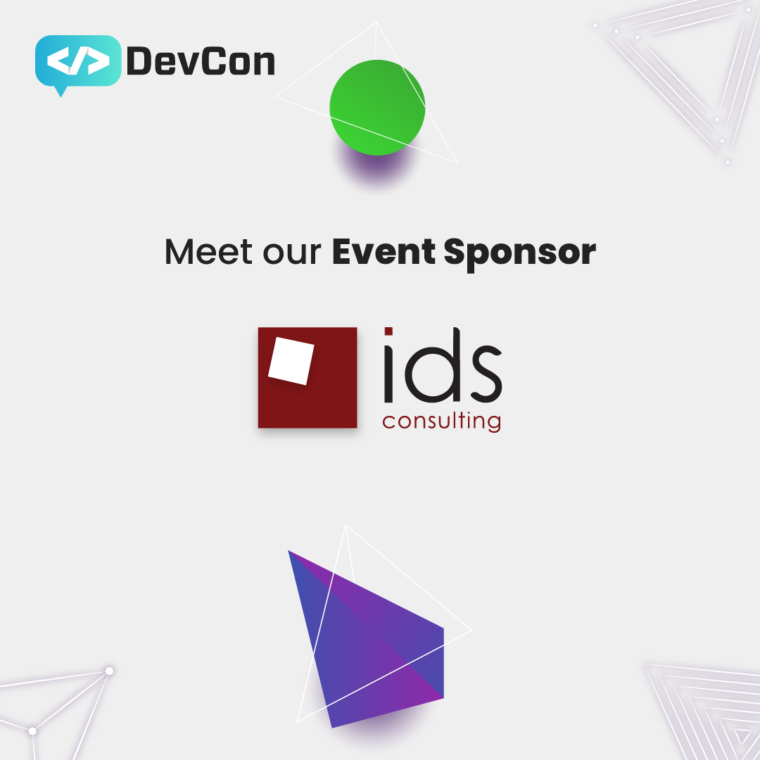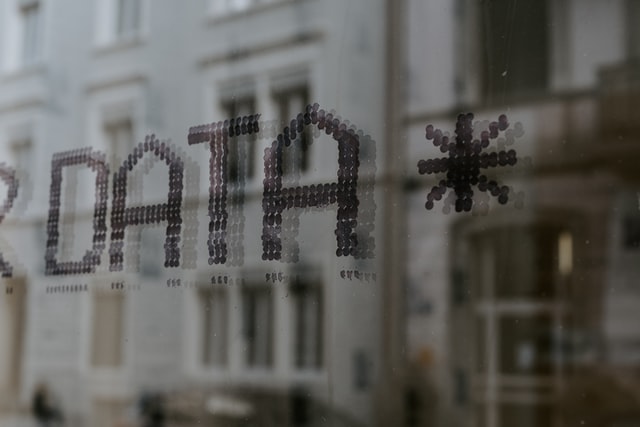Ever wondered how analysis is done for a Business Intellgence solution? Are you searching for the right elicitation techniques when it comes to reporting and data governance? You’re in the right place.
According to International Institute of Business Analysis (IIBA),
Business Analysis is the set of activities and techniques which focus on understanding an organization’s structure, policies and operations, so as to recommend solutions which allow the organization to achieve its’ purpose.
That sounds very theoretical and generic… But what does it mean for a BI project? How can an organization benefit the most from these techniques, so as to create a competitive advantage even from the analysis stage? How can an analyst structure their work in order to create business value for the organization?
Let’s start with an adaptation of the definition: put into BI language, business analysis’ scope is to gather and transform raw data into information and knowledge which is relevant for business. Regardless of whether a waterfall or an agile approach is chosen, in any given project, the role of an analyst is to understand the AS IS and be able to support the stakeholders in achieving the desired TO BE state.
The analysis activity itself can be driven by more than one formal role, such as business process architect, system analyst, data analyst, management consultant, product manager or product owner. On top of that, the standards describe no less than 50 possible techniques which can be used for business analysis. But which one is relevant? Are there any specifics for BI?
There is no single correct answer, just as there is no unique set of activities that would work in all BI projects. However, experience shows that there are certain techniques that are more relevant and efficient for such endeavors, given their specificities.
Out of those, we would recommend looking into:
- Data Glossary and Data Dictionary: to be able to have a common language across the project;
- Data Modelling: for business and technical representation of the data in an organization;
- Data Flow Diagram: to understand who generates and who uses data, along with the relevant processes;
- Process Modelling and Process Analysis: to better understand and optimize the business and technical flows;
- Activity / Decision Diagram: to illustrate visually a decision-making component of a process;
- Data Mining: to generate relevant information for decision support.
Obviously, this list is not exhaustive and it should be enhanced with generic techniques which can be used across multiple industries, regardless of project specifics. Just think of workshops, questionnaires, mind maps, walk-throughs, which can all be added to a business analyst’s list of activities. Even in a BI project, it might happen that not all of the above are relevant or can be used, depending on the organization’s maturity and needs. But they are definitely a starting point for planning analysis activities in a world flooded with data, but not much information.









